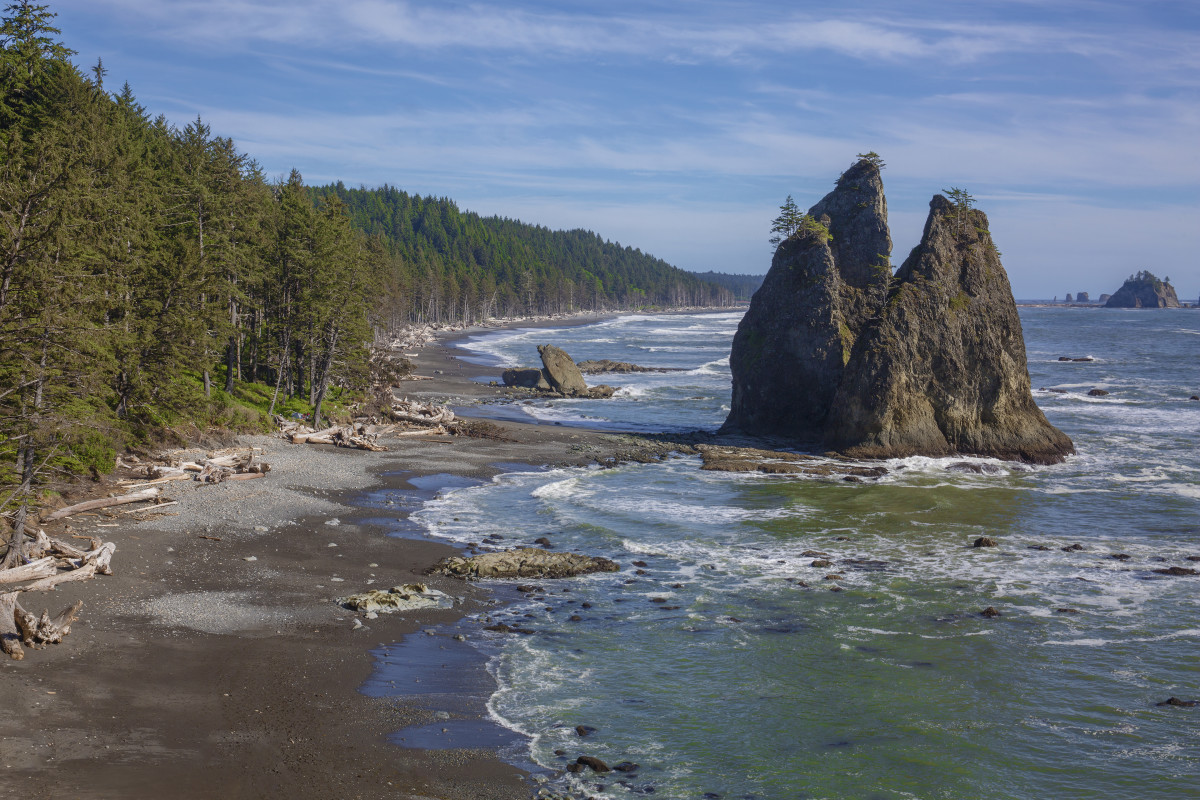No products in the cart.
Fitness Tips
This U.S. State Is Most at Risk for a Catastrophic Tsunami

With the Pacific Ring of Fire extending all the way down the west coast of the U.S. and Canada, parts of the region are no stranger to earthquakes. Tsunamis are notably less common in the area, but a new study illuminates just how bad the next “big one” to hit the U.S. could be.
The research, recently published in the Science Advances journal, dives into the complex nature of the Cascadia subduction zone, a 700-mile-long fault that runs along the coast of the Pacific Northwest from Vancouver Island down to northern California. The Juan de Fuca Plate’s subduction of the North American Plate here caused a massive earthquake in 1700 C.E. with an estimated intensity of 8.7–9.2 on the Richter scale. This led to a tsunami that washed over the west coast of North America and reached as far as Japan.
With that event in mind, scientists set out to see just how bad the next major earthquake in the Cascadia zone could be, particularly when it comes to the tsunamis that they can cause.
“Although we previously had considerable information about the depth and geometry of the part of the megathrust that’s deep in the subduction zone under land, we had sparse information about the very important offshore portion where the large destructive earthquakes initiate because it’s hidden beneath the seafloor,” study lead author Suzanne Carbotte explained to the National Science Foundation.
Carbotte and other researchers led an expedition in 2021 to learn more about this mysterious underwater area. Using marine instruments that emit and record sound pulses that can go deep into the seafloor, they created images that painted a better picture of the geometry, structure, and positions of the Juan de Fuca and North American plates. In the end, they found that the fault isn’t one continuous structure but is actually divided into at least four different segments that might not even be affected by movements from the others.
The scientists compared their models with that of the record 9.0 earthquake and subsequent tsunami that hit Japan in 2011; those waves reached as far as the West Coast of the U.S. In particular, they found that Washington state is likely the most at-risk for a catastrophic earthquake and tsunami. That could spell bad news considering nothing built before 2005 was constructed with the next big Cascadia quake in mind, while tsunami building codes only went into effect in 2016, experts told CNN.
“We infer that the south Vancouver Island through Washington region has greater potential than other sections of the [Cascadia subduction zone] for the largest earthquake ruptures,” the scientists wrote in the paper. “Recent models of tsunami propagation for different earthquake scenarios for the 1700 C.E. event indicate that partial [Cascadia subduction zone] ruptures can fit the tsunami evidence in Japan.”
“Revisiting these scenarios with the more accurate fault geometry constrained by the [Cascadia Seismic Imaging Experiment 2021] seismic imaging will be of interest to support future earthquake and tsunami hazard research at Cascadia,” they concluded.
If you’re in the region, it’s never too early to put your evacuation and safety plan in place.
Source link

